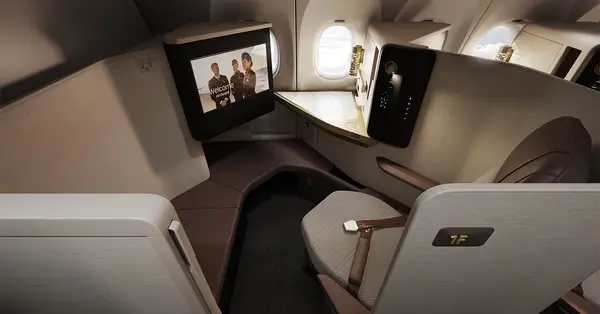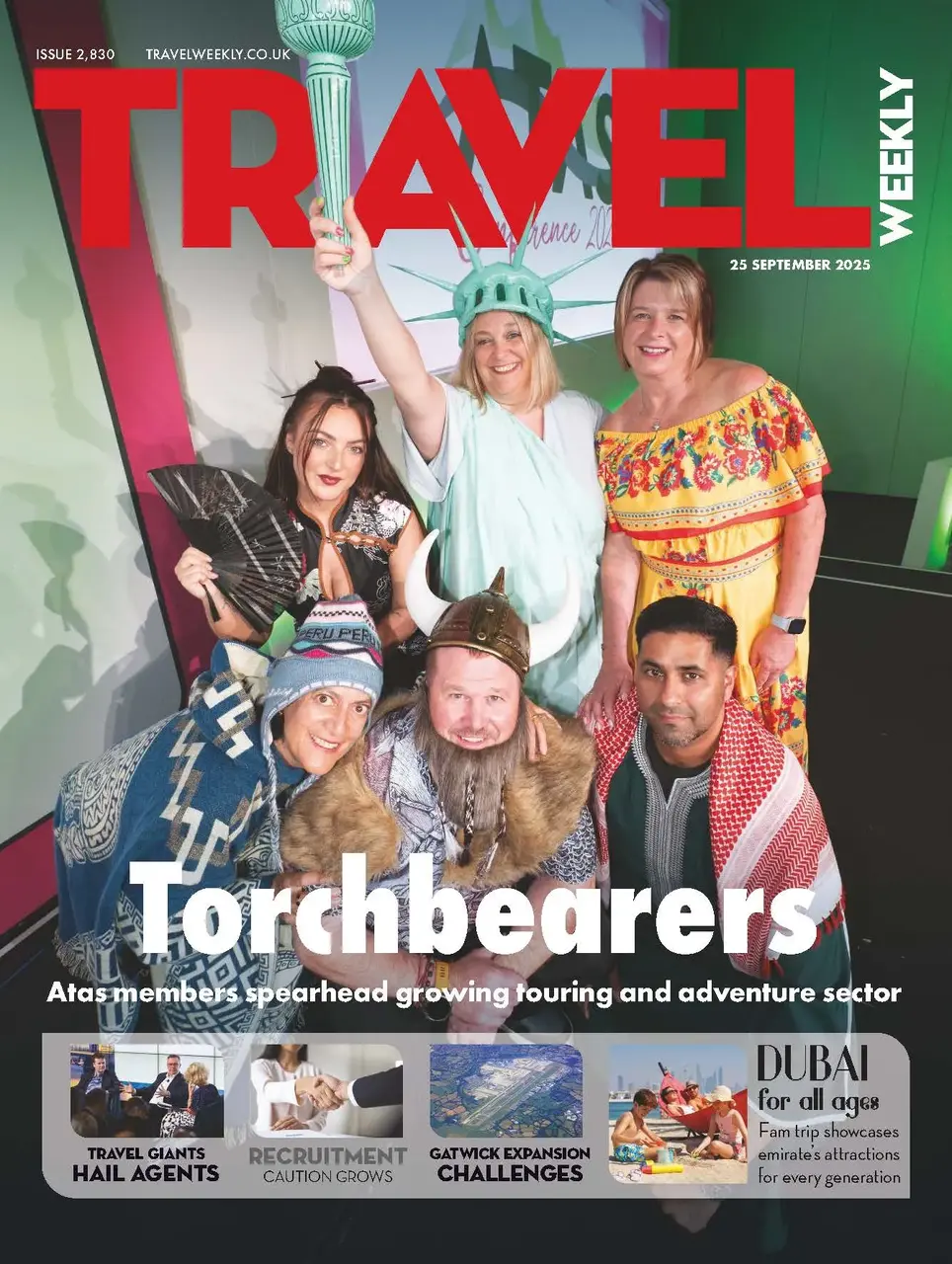You are viewing 2 of your 2 free articles
Comment: Now is the time for the travel industry to focus on digital accessibility
Last month, the UK's Civil Aviation Authority (CAA) released its Airline Digital Accessibility Report, which was authored by myself and our team of experts at Hassell Inclusion. It reviewed the websites of 11 airlines with the highest passenger numbers from UK airports, rating them in terms of their technical accessibility as well as their ease of use for making bookings for people with disabilities.
The results were a combination of scores for the airlines' compliance with the Web Content Accessibility Guidelines (WCAG 2.1 AA), and feedback from a focus group of consumers with accessibility needs on their experiences of navigating the websites and booking flights.
The research identified that no airline fully delivers on accessibility across the entire consumer journey, with room for improvement across compliance with WCAG on websites and other consumer touchpoints.
However, it was also clear that airlines are increasingly prioritising website accessibility, and many have already started to action some of the findings and recommendations we highlighted in the report.
While the report analysed the performance of the airline industry, the fundamentals of good digital accessibility can be applied across the whole of the travel sector.
For the majority of consumers, when researching a holiday, a company's website or app is often the first port of call. According to Statista, the online travel market size worldwide reached the $433.2 billion mark in 2021, and it's expected to reach $690.71 billion by 2026.
The current cost-of-living crisis means that securing every customer is a hard-fought battle. So having digital products that don't meet the needs of four in 10 customers who have digital accessibility needs simply doesn't make good business sense.
To win over this significant group of valuable consumers, it is time for the travel industry to invest time in embedding a strategic approach and take digital accessibility seriously.
As the lead author of the International Standard on Digital Accessibility Maturity, ISO 30071-1, I am often disheartened to see companies approaching digital accessibility as an afterthought. This means that they waste time and resources retro-fixing accessibility into websites, apps, ticket machines, digital check-in points or bag drop-off points, when it would have been much more effective and inexpensive if accessibility was embedded as a value right from the beginning of the design process.
Our recent report, An Immature Response? Why organisations are failing to build digitally accessible product and services, shows that there are often major accessibility gaps throughout the process of designing digital products. Over a third (35%) of organisations involved in the research said they would launch digital products with known accessibility issues, while just 14% check that digital products created for them by external suppliers meet accessibility requirements.
So, how can the travel sector make sure its digital services and tools are available to all?
Digital accessibility can mean different things for different people across multiple user touchpoints in user journeys. When looking at the travel sector, consumers may need to navigate websites, apps and emails, as well as social media messaging and digital baggage check-ins. All these need to be accessible to ensure a smooth end-to-end user experience.
It is important to have a champion for accessibility at a senior level. Having a digital accessibility programme manager who can lead a project team to create, own, run and report progress against your strategic accessibility plans is essential. You should ensure your plan includes adequate training, and embedding of accessibility in your policies and processes, and their communication internally, to embed digital accessibility into your organisation's DNA.
Great accessibility is only possible if the whole organisation is aware of it and actively ensures it is part of the design and creation of any digital product or communication. Key to this will be taking your wider supply chain – your external digital suppliers and partners – on this journey with you, by ensuring digital accessibility is a key part of procurement processes and contracts.
Our analysis shows that there is often an ad-hoc approach to accessibility in the development of digital products. Travel sector leaders need to ensure it is embedded throughout the development process of all products, from websites to apps to social media and PDFs, and that their accessibility is regularly monitored, checked, and fixed after launch. In short, make things inclusive by design, across each product's lifecycle.
Our work with the CAA shows that, while improvements can be made across the board, the airline industry does take digital accessibility seriously. The next step is to ensure that our recommendations and the feedback from consumers translate into tangible, coordinated action.
For the wider travel industry, it makes commercial and reputational sense to ensure all customers have a positive user experience, particularly as the sector moves towards becoming increasingly reliant on digital channels. There is still work to be done but getting digital accessibility right breeds consumer loyalty. So, can your organisation afford to get left behind?


















